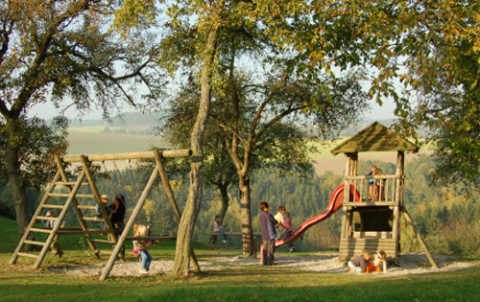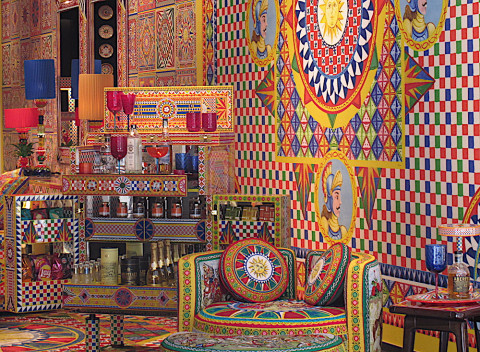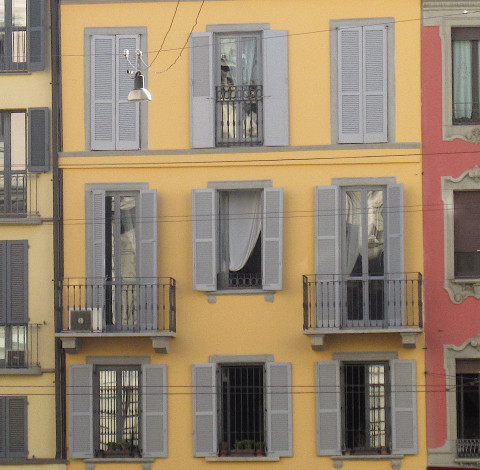Responses to Open Plan Offices (07-10-24)
Ramantswana and colleagues evaluated user perceptions of open plan offices. They report that “The choice of [office] layout can significantly impact communication, social interaction and overall performance. . . . employees working in open-plan offices were identified. A structured online interview form with open-ended questions was distributed. . . . findings suggest that while open-plan offices can enhance teamwork, communication, accessibility and inclusivity, their design can negatively affect employees’ perceptions of social and mental health in the workplace.




